Star, supernova Roseta stone monument, Hubble works
Author:Astronomy online Time:2022.08.11
The observatory records the "catastrophic death" of a star.
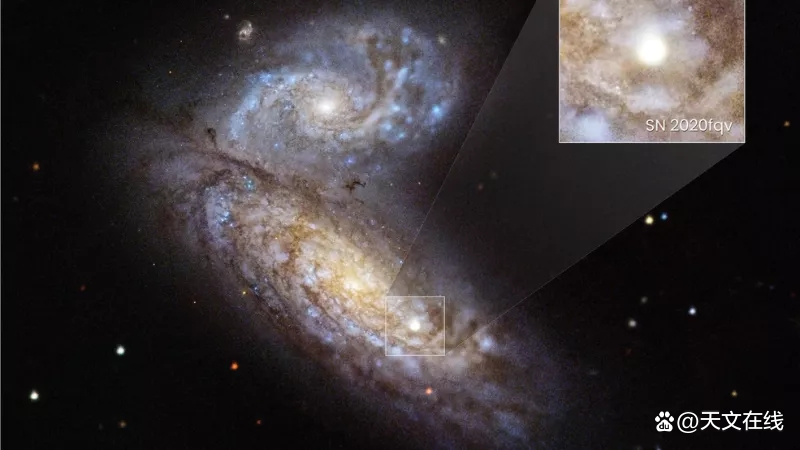
Illustration: Hubble Space Telescope Shooting the Super Navigation SN 2020FQV Picture Source: NASA/ESA/Ryan Foley/UC Santa Cruz/Joseph DepaSquale/STSCI)
A new supernova captured by Hubble Space Telescope may play the role of other star explosions.
Because the telescope can capture the "catastrophic destruction" of this star very early, astronomers said that the research may even help them establish a early warning system for other stars who are about to explode.
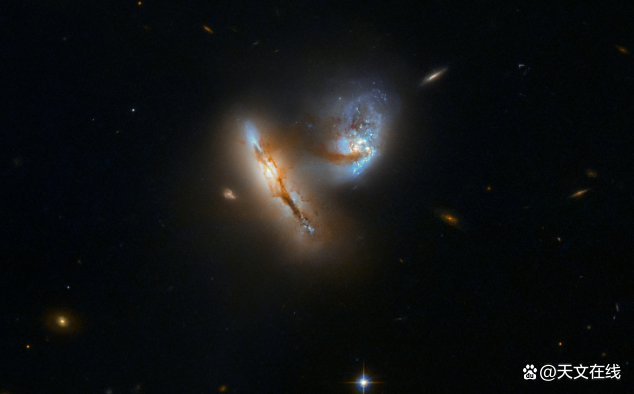
Scientists call this incident (SN 2020FQV) as "Roseta Stone Stele of Super Navigation". The Rosetta stone monument has reference materials, which is written in three different texts, and historians can read the sanctuary. (This stone is engraved with ancient Greek text. The scholars are familiar with them. There are two kinds of Egyptian text. At that time, people knew little about them.)
The history of this stone can be traced back to 2200 years ago. The Napoleon army was discovered by accident during the battle in Egypt in 1799. Today you can see it at the British Museum in London. The researchers discovered by Hubble proposed that the term "Roseta Stone Stele" is often used to metaphorically decipher information, but they also pointed out that the term describes the importance of this new universe research.
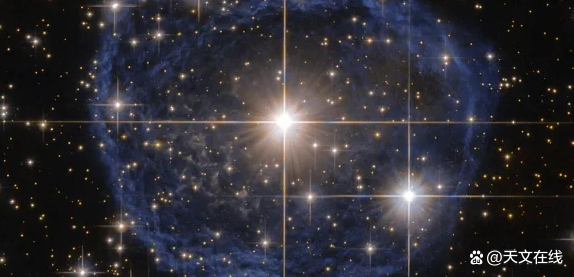
"This is the first time we have used these three different methods to measure the quality of a supernova, and all the methods (results) are consistent." The statement says.
"Now we can use and combine these different methods, because there are many other supernovas, we get their quality in one way, but we can't get it in another method."
SN 2020FQV was discovered in the butterfly galaxy, and he was about 60 million light years from the earth. This supernova was discovered in April 2020 by the Zwicky Instantaneous Reserved Laboratory of Paloma Mountain Observatory in San Diego, California.
Coincidentally, this supernova also appeared in the field of vision (TESS) of the outer planet hidden star task satellite. Their main task is to find planets that are relatively close to the solar system. Soon, the Hubble Telescope and several ground telescopes were added to the interstellar event of many national observatory.
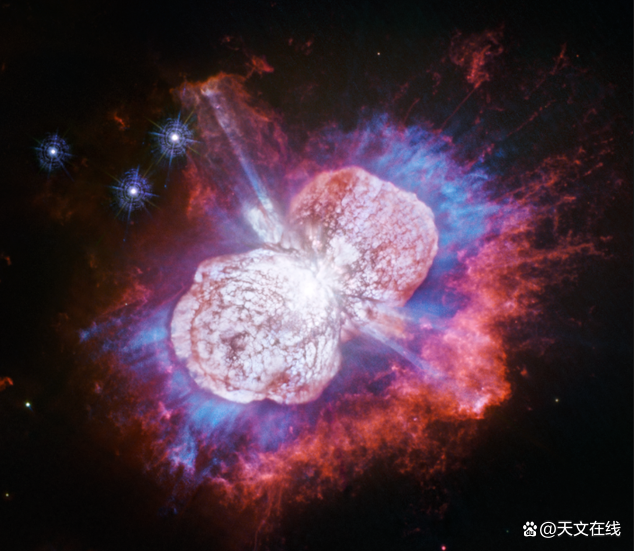
After a few hours of the explosion, the keen eyes of the Hubble telescope allow the observatory to observe the substances around the star at close range, which is called ring star material. Because these substances have been sticking to the stars until the last year of its life, astronomers said that studying these substances can further study the activities before the death of stars.
Tinyanont said: "We rarely have the opportunity to study this very close -range surround star material, because it can only be seen in a short period of time, and we usually start to observe the supernova until at least a few days after the explosion." For this. A super new star, we can use the Hubble Telescope for ultra -fast observation, and carry out unprecedented observations of the area next to the explosive star.

It is helpful that Hubble and this star dates back to observation materials in the 1990s. Astronomers detected this series of images and added TESS observations every 30 minutes before and during the explosion. (Before that, we speculated that the standard timetable of Tess moved the telescope to another place in the sky.)
Then, scientists use three different methods to calculate the quality of explosive stars: compare the observation results with the theoretical model, and use the information in the Hubble's 1997 file image (this is to eliminate the larger quality stars in the model), And measure the oxygen content in the supernova is also a quality agent. These three methods have been consistent: the quality is estimated to be 14 to 15 times that of our sun.
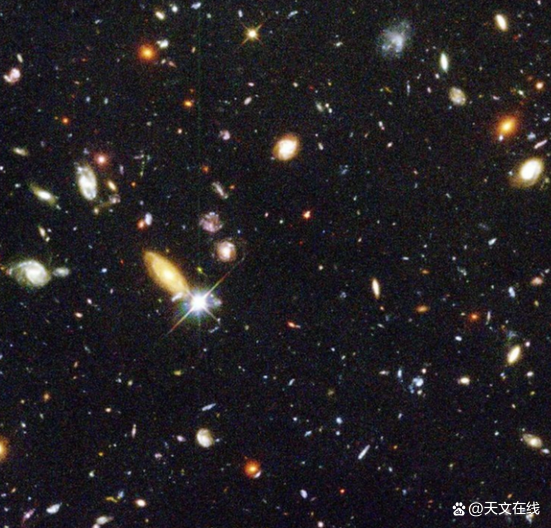
One of the most famous unstable stars is to participate in the fourth, and a red superstar in the late life has made some funny moves in the past year. The co -owner Ryan Foley, a celestial physicist at the University of California, San Cruz, said that he did not believe in the Explosive Explosion, but he added that SN 2020FQV will help us establish a database that observes stars.
"This may be a warning system," Welfare said that Hubble and other observations pointed out the explosion behavior. "So if you see a star start to shake and start to react, maybe we should pay more attention and really try to understand what happened there before it explodes. As we use such excellent data sets to find more and more and more and more and more and more and more and more and more and more and more and more and more and more and more and more and more and more and more and more and more and more and more are found. Such a supernova, we will be able to better understand what happened in the last few years of the life of the star "
By: Elizabeth Howell
Fy: lyra
If there is related content infringement, please contact the author to delete after the work is released
Reprinted, please obtain authorization, and pay attention to maintaining integrity and indicating the source
- END -
Qingdao Science and Technology SMEs "Half -annual report": totaling 2999, high -tech enterprises account for 65.06%
Qingdao Daily/Guanhai News July 1st. The reporter learned from the Qingdao Science and Technology Service Center that in 2022, the city's science and technology SMEs evaluated the storage work steadil...
China -Central and Eastern European National Innovation Cooperation Research Center is unveiled

On the afternoon of June 30, the unveiling ceremony of the China -Central and East...